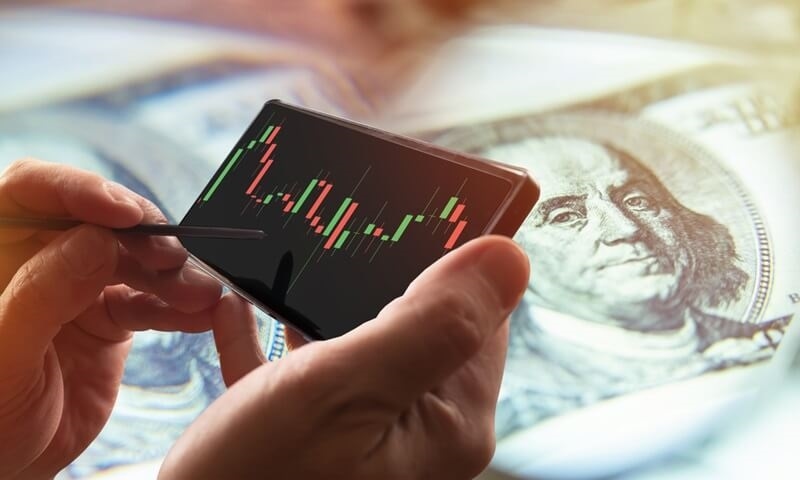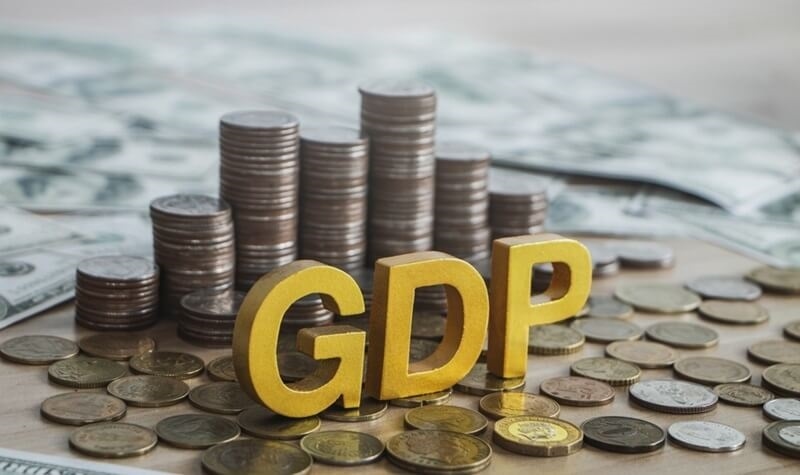Economic Indicators to Watch: GDP, Unemployment, and PMI

Investors, business people, and government policymakers alike seek out certain metrics when gauging the health of an economy. These metrics, business cycle signals, or economic indicators to watch, help show whether or not an economy is growing, slowing down, or in a recessionary mode. Of the economic indicators to track, three are seen as most important in examining general trends within an economy: Gross Domestic Product (GDP), unemployment rate, and Purchasing Managers' Index (PMI).
Each of these figures offers something in particular. GDP calculates the aggregate total of a country's economic output. The unemployment rate investment impact illuminates labor market health. The PMI reflects the sentiment and operational health of the business. Together, these economic indicators to watch offer investors a key snapshot of where the economy (and, eventually, leading economic indicators investment) is headed and, by extension, how financial markets will likely respond.
GDP: Measuring Economic Output
One of the most elementary economic measures to track is Gross Domestic Product (GDP). GDP is the value of all goods and services produced within a country over a specified time. Increasing GDP implies a thriving, expanding economy, whereas a decline suggests stagnation or recession.
- GDP normally rises as a percentage of the preceding period, indicating whether the economy is expanding or shrinking. There are four major constituents of GDP: consumer spending, investment by businesses, government spending, and net exports. A rise in any of them tends to make GDP increase.
- From an investment standpoint, GDP data helps to signal the phase of the business cycle. If GDP growth is strong, profits for businesses tend to strengthen, usually improving market sentiment. However, in cases where GDP falls, earnings dwindle, and performance in the markets deteriorates.
- Investors monitor GDP because it dictates the asset allocation decision. For example, in a high-growth environment, equities may fare better. In a weakening economy, bonds or defensive sectors can offer better risk-adjusted returns.
Relative comparison between nations also utilizes GDP. Higher GDP per capita also tends to be linked with higher living standards and greater economic potential, factors that international investors consider prior to investing capital globally.

Unemployment Rate
The unemployment rate is the second most important economic indicator to track. It measures the proportion of the labor force that is available and seeking to work but is not employed. A rising unemployment rate is generally seen as a sign of economic distress, whereas a falling rate is a sign of robust job growth and economic health.
Investment and Labor Market Trends
It is essential for every investor to understand the effect of investment on the unemployment rate.
- High joblessness generally leads to less consumer spending, which tends to have a negative impact on corporate incomes, particularly in consumer-driven sectors like retail, tourism, and services. Lower earnings typically lead to lower stock appraisal and investors' faith.
- Conversely, a low rate of unemployment means that more individuals are receiving pay, which may support increased consumer spending and enhanced business operations. Nevertheless, it also causes inflationary forces as pay levels increase and labor becomes tight—considerations on which central banks base interest rate adjustments.
- It's also a good idea to look at the larger picture. The headline jobless rate might not reflect underemployment, or the count of discouraged workers who have abandoned the job search. That's why seasoned investors also consider other work-related indicators, such as labor force participation and average hourly compensation, in order to obtain an even more complete understanding.
- From the viewpoint of business cycles, the level of unemployment is typically a lagging indicator. Employment continues to decline even after a recession has technically ended. However, it remains one of the most closely watched statistics because of its direct correlation with family incomes and ability to spend.
PMI Reading Explained
The Purchasing Managers' Index (PMI) is an economic leading indicator of the health of the manufacturing and services sector. Compiled from purchasing manager surveys, the PMI indexes factors such as new orders, inventories, production, deliveries from suppliers, and employment levels.
Insight into Business Sentiment
- The PMI reading is easy to understand: above 50 is expansion, and below 50 is contraction. Because purchasing managers handle internal company data—such as inventory levels and demand forecasts—the PMI has a tendency to provide leading indicators of changes within the economy.
- This renders PMI as the most valuable leading economic indicator for investment. A rising PMI signals business confidence, higher orders, and hiring plans, which are all positives for investor attitude and corporate profits. A falling PMI may signal faltering demand and investor caution.
- For example, if PMI begins to fall over several months, it may be a signal of declining demand from consumers, congestion in supply chains, or softening business sentiment. Investors may subsequently shift funds into safe havens or defensive industries such as government bonds or gold.
- Another advantage of the PMI is its promptness. While GDP data come out quarterly and tend to be revised, the PMI surveys are presented monthly, providing more timely information. This frequency enables investors and analysts to respond quickly to evolving conditions and manage portfolios in anticipation.
Leading Economic Indicators Investment Insights
While GDP and the unemployment rate are significant, they are usually lagging indicators—make sure that a trend has already occurred. Leading indicators of the economy are better for attempting to view what is going to happen, and are especially helpful to investors attempting to stay ahead of a trend before it is widely recognized.
- Some of the best generally accepted leading indicators of investment include the PMI, stock returns, building permits, consumer confidence indices, and new business creation. These indicators send out early signals of prospective change in the direction of the economy.
- The PMI, as previously noted, is one of the most reliable leading indicators. Consistent increases in the PMI would signal future GDP growth and improved corporate earnings and therefore is an indispensable tool in forward-looking investment strategy.
- Consumer confidence is also a leading indicator. When consumers are confident about their job prospects and income, they tend to spend more, which stimulates economic growth. For investors, high consumer confidence can signal growing demand and justify taking a bullish stance in consumer stocks.
Monitoring a combination of these economic signals to track—especially leading ones—is beneficial for helping investors forecast market turning points and move their portfolios accordingly. Timing is crucial, and leading indicators can give investors the early jump they require to outperform.
Business Cycle Signals
Determining signs of the business cycle is key to grasping economic indicators in their context. The business cycle is the natural rise and fall of economic growth within a period of time, typically divided into four phases: expansion, peak, contraction, and trough.
How They Guide Investors
Each stage has its specific trends in production, employment, inflation, and GDP.
- Expansion is when unemployment drops, GDP rises, and consumer spending grows. During the peak of the economy, inflation rises, which means tighter monetary policies are triggered. Contraction is where the growth slows down, unemployment rises, and consumer demand declines. The trough is the nadir before recovery begins.
- Different asset classes act differently in these stages. For example, expansion stocks—specifically those in cyclic industries like technology and consumer discretionary—strongly perform well. In contraction, bonds and defensive sectors like utilities and healthcare perform well.
- Tracking economic indicators to watch throughout the business cycle helps investors make more informed decisions. Rising GDP and falling unemployment usually signal expansion. Declining PMI can be a sign that contraction is starting. When leading indicators start to turn south but lagging indicators remain robust, it can be a sign that a peak is approaching.
Successful investors are wont to change their investments in sync with patterns of the business cycle. For example, they will shift into cash or bonds if recessionary signs are on the horizon and back into equities once recovery begins. The key is to interpret the signs of the business cycle as a totality, not as a single point.
Conclusion
For any serious investor, keeping an eye on the right economic indicators to watch is non-negotiable. Understanding of the unemployment rate investment impact, PMI data reading, and employing leading economic indicators in making investment decisions are necessary to forecasting market trends and not getting caught off guard. Equally important is understanding business cycle messages so that you can align your investment strategy with the economic environment.
Finally, wise investing is less about numbers—it's about timing, situation, and preparedness. By monitoring these important indicators, investors always position themselves to respond, not react, to market action. And in an increasingly fluid economic landscape, that preparedness can be the determinant. The information in this blog may be incorrect, so it is recommended to the verify the facts and data before proceeding to make a decision on the basis of it.
This content was created by AI

